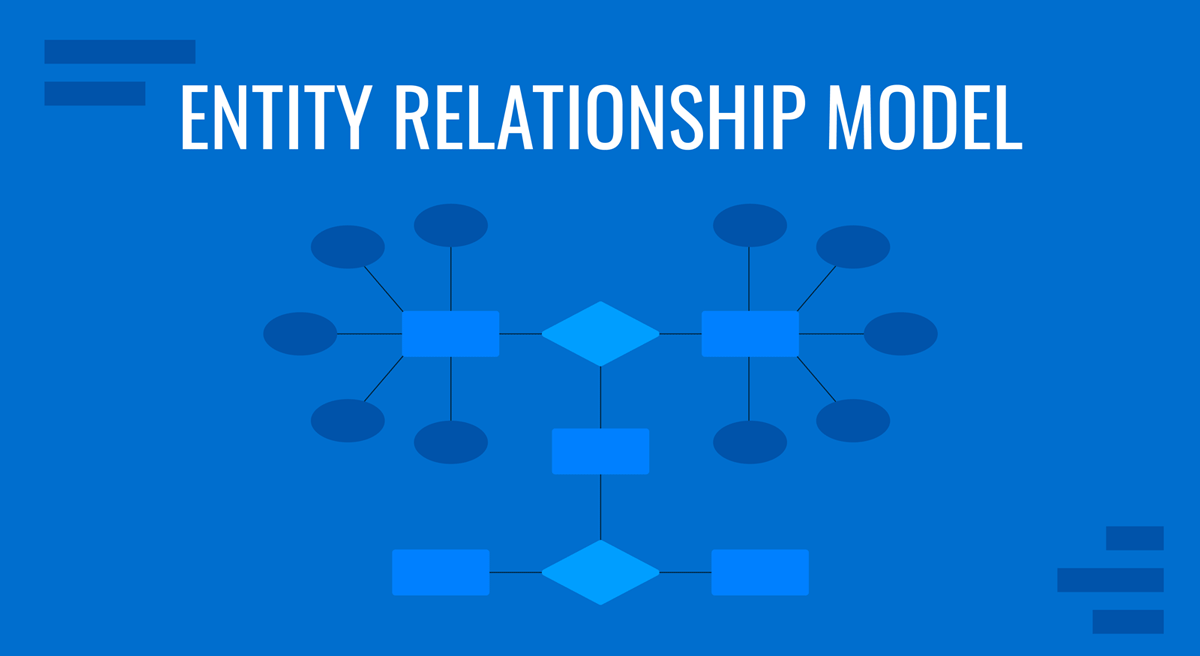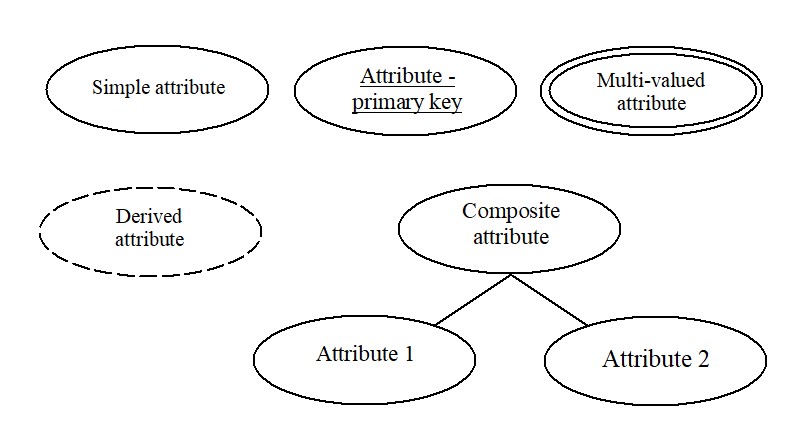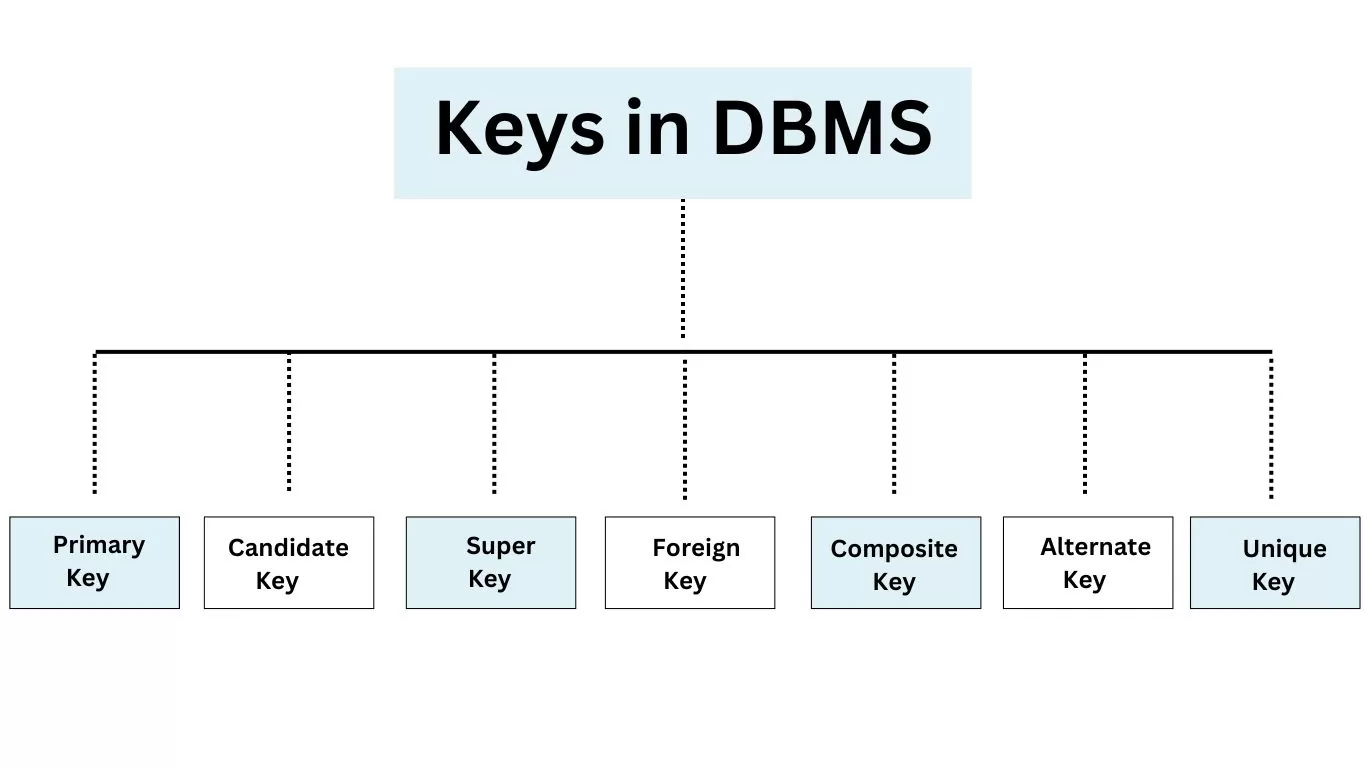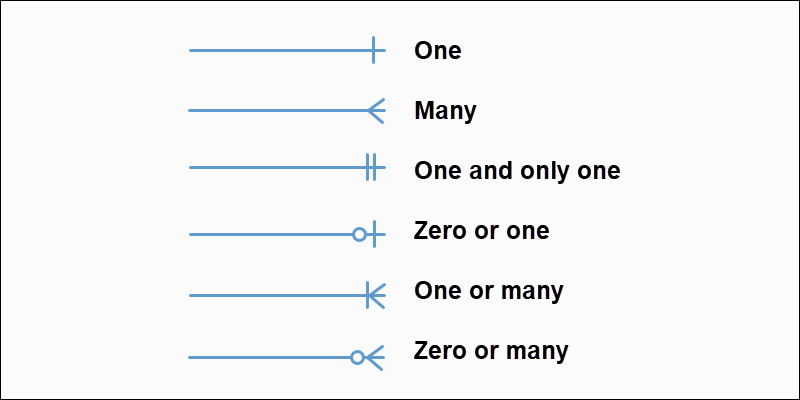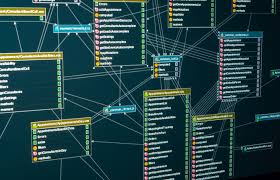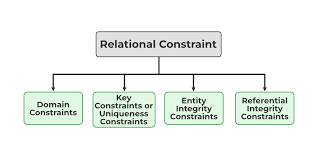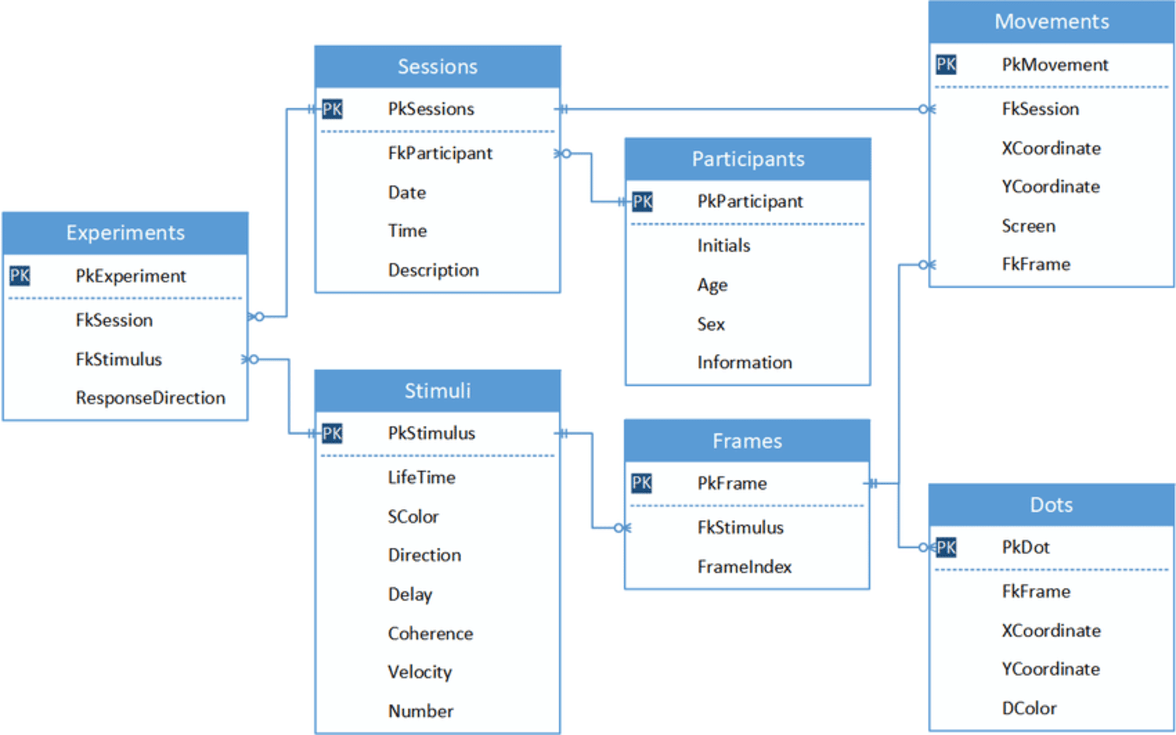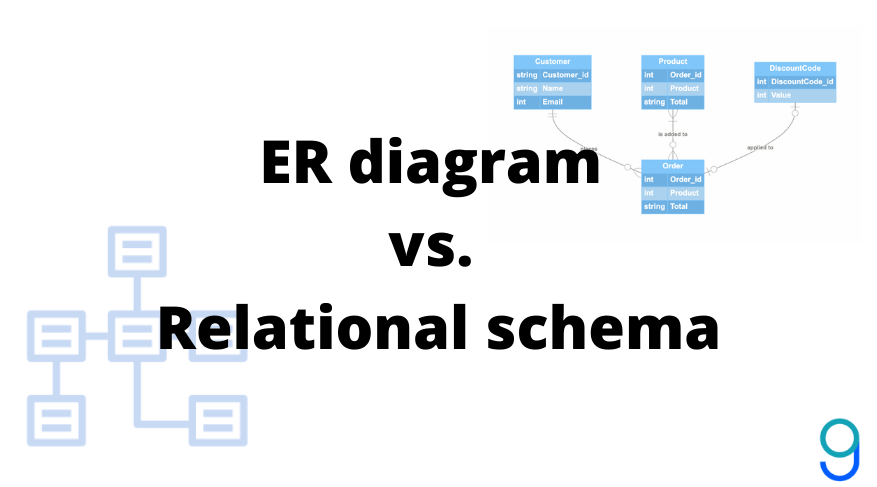Unit2
Unit2
Lesson_3
Topic:Entity Relationship Model**
- It is a conceptual data model for database design.
Learning Objectives:
- Explain entity relationship diagrams
- Identify complex attributes.
- Map cardinalities between entities
- Determine primary keys in entity sets
- Remove redundant attributes
Entity Realtionship Model:
- The ER Model helps to represent a real-world entities and their relationships and provides a blueprint of how datas are organize and connected.
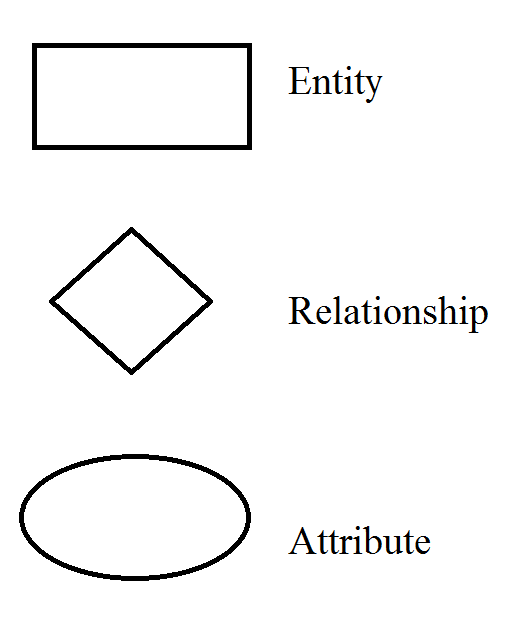
- Entity: Is a distinct real-world object (e.g., student)
- Attribute: Descriptive property of an entity (e.g., name, age).
- Relationship: Association among entities (e.g., student registers for course).
Types of Attributes:
- Simple Attributes: Are those attributes which cannot be divided into subparts.
- Composite Attributes: Are those attributes which can be divided into subparts.
- Single-valued Attributes: Are those attributes which has one value per entity.
- Double-valued Attributes: Are those attributes which has more than one value per entity.
- Derived Attributes: Are those attributes whose value for the attribute can be derived from the values of other related attributes or entities.
Types of Relationships:
- Binary: Between two entities.
- Ternary: Involving three entities.
- Unary/Recursive: Entity related to itself.
Types of Keys:
- Primary Key: Unique identifier for entity; underlined in ERD.
- Secondary key: is an attribute used strictly for retrieval purposes.
- Super Key: Any set of attributes that uniquely identifies a record.
- Candidate Key: Minimal super key.
- Alternate Key: Candidate keys not chosen as primary.
- Foreign Key: Refers to a primary key in another table (only in relational models).
Mapping Cardinalities:
- Mapping cardinalities define how many instances of one entity relate to another in a database.
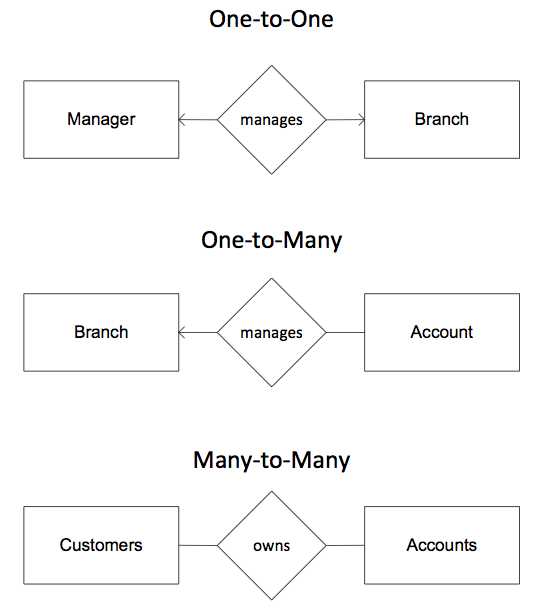
- One-to-One: Each entity A is related to one entity B.
- One-to-Many: A has many Bs; B has at most one A.
- Many-to-One: Many A to one B.
- Many-to-Many: Many A and many B (e.g., students and classes).
Crow’s Foot Notation:
Weak Entities:
- A weak entity type is an entity that lacks a key attribute to uniquely identify its instances within an entity set.
- Needs a foreign key from a related entity.
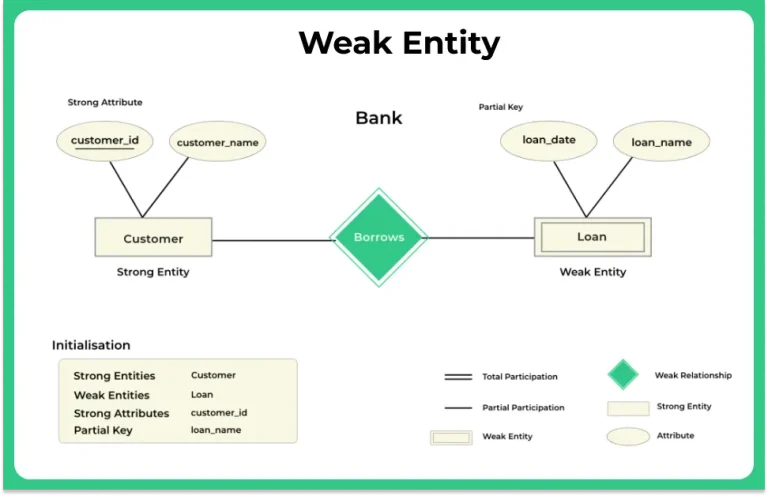
Homework
Draw an entity relationship diagram for the student registration system at CST. 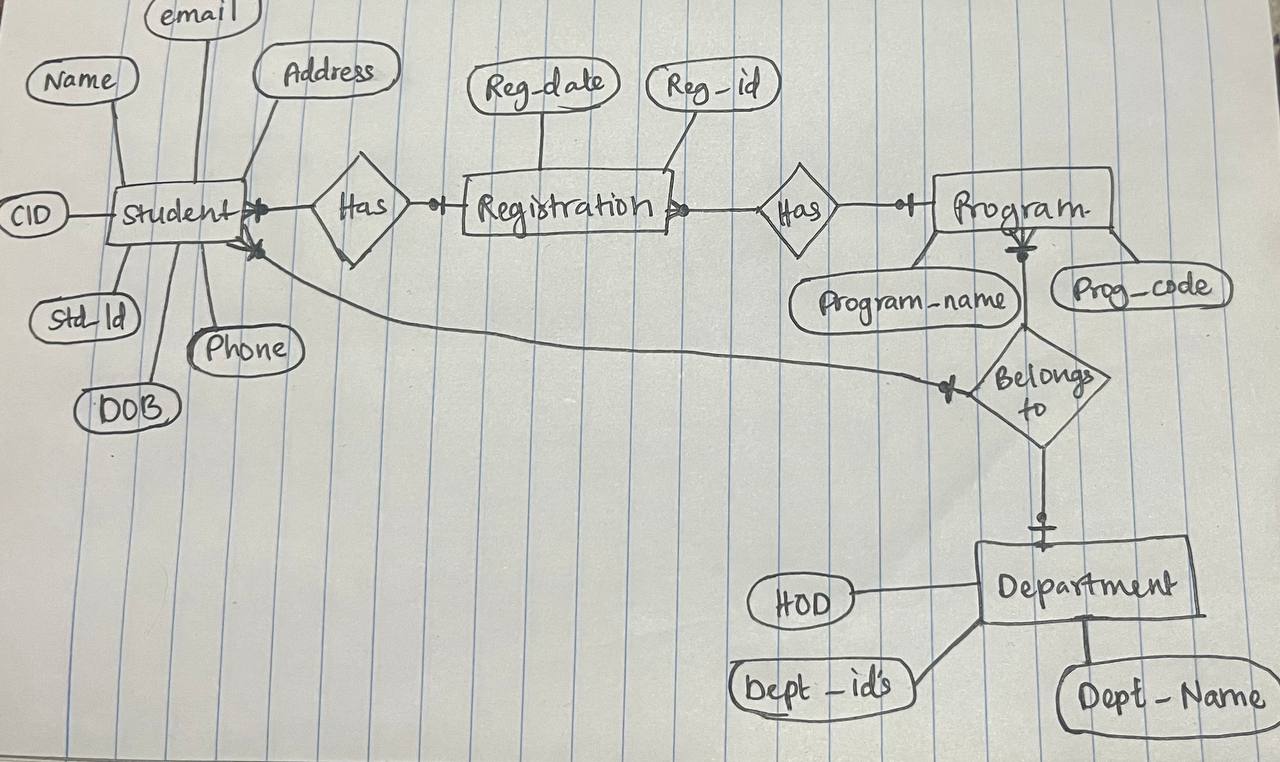
Redundant Attributes
- Avoid repeating data.
- Ensure each attribute is necessary and non-redundant.
Extended E-R Feature:
- Specialization: Subgroups of an entity set.
- Generalization: Combine common features of entities.
- Attribute Inheritance: Subclasses inherit attributes of the superclass.
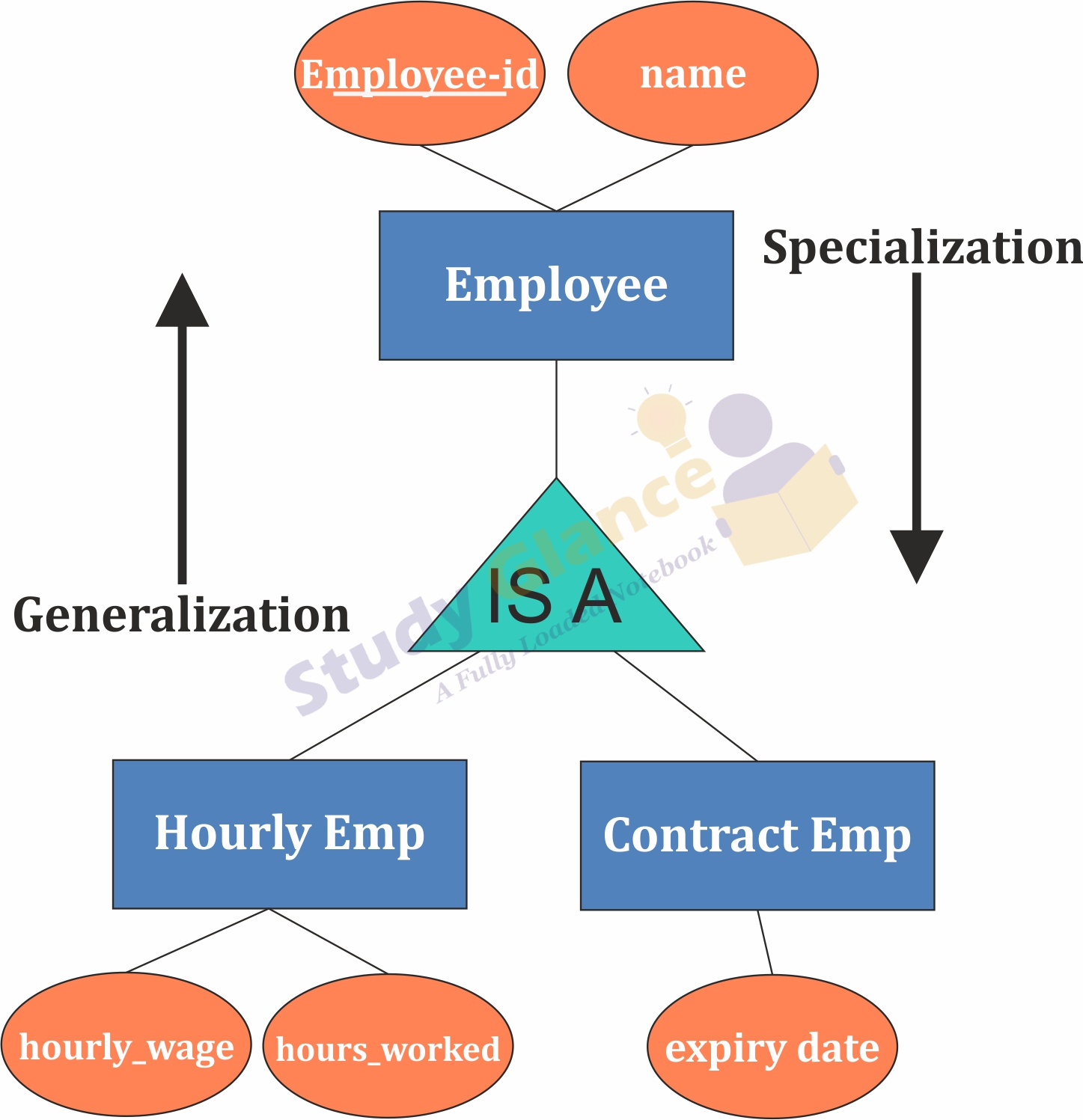
Constraints
- Disjoint vs Overlapping: Can belong to one or many subclasses.
- Total vs Partial: Must belong to subclass or may not.
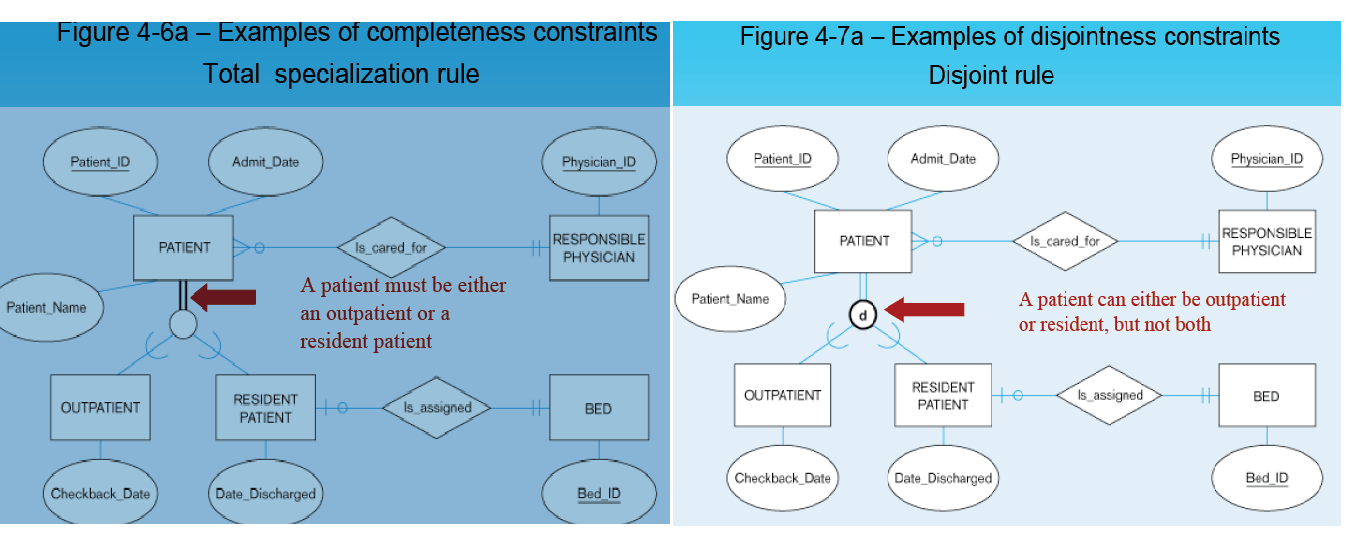
Aggregation
- Used when a relationship has its own attributes or needs to be part of another relationship.
- It lets us treat a relationship like an entity.
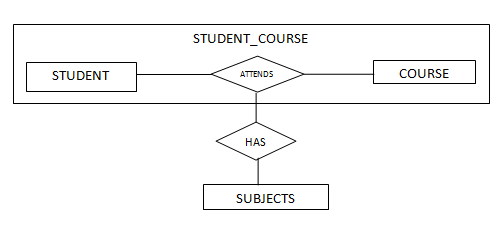
Lesson_4
Topic:Relational Model and Schema Design.
Learning Outcomes
- Understand the database design process
- Learn relational data models
- Explain ER diagrams
- Identify complex attributes
- Map cardinalities
- Determine primary keys
- Remove redundant attributes
Relational Model
- Relational Model is a way of structuring data using tables, where each table represents a relation. It’s the foundation of most modern databases.
Key Terms:
- Relation = Table: A relation is represented as a table that stores data about a specific type of object (e.g., students, employees, products).
- Tuple = Row: A tuple is a single record in a table. Each row contains data for one instance of the entity.
- Attribute = Column: Attributes are the properties or characteristics of an entity, shown as columns in a table (e.g., name, age, ID).
- Database Schema: Describes the logical design or structure of the entire database. It includes tables, their attributes, and relationships.
- Database Instance: The actual data stored in the database at a particular point in time—like a snapshot of the current content.
Structure of a Relation
- A relation is an unordered set of tuples.
- Tuples contain atomic values (indivisible).
- NULL: Represents missing or unknown values.

Keys in Relational Model
- Primary Key: Uniquely identifies each row (e.g., StudentNo).
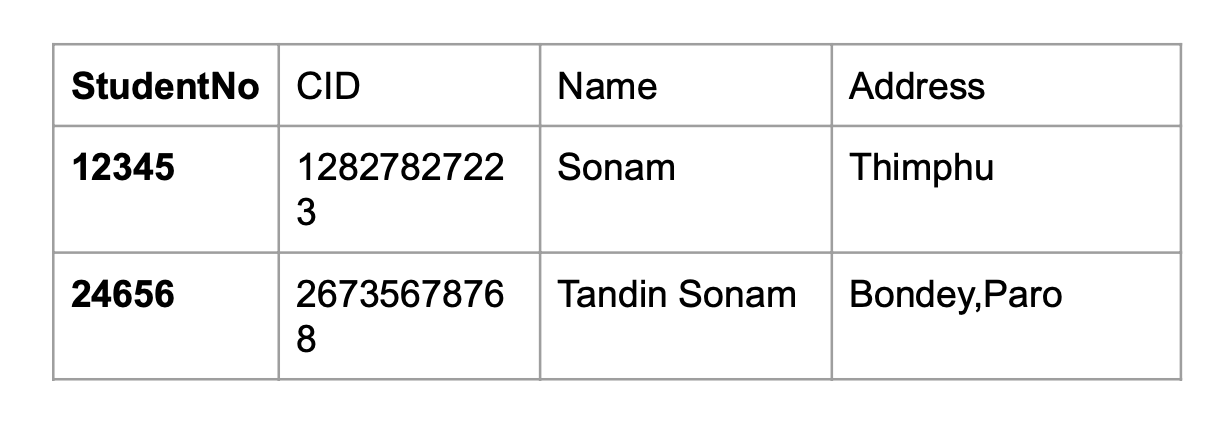
- Foreign Key: Refers to the primary key in another table.
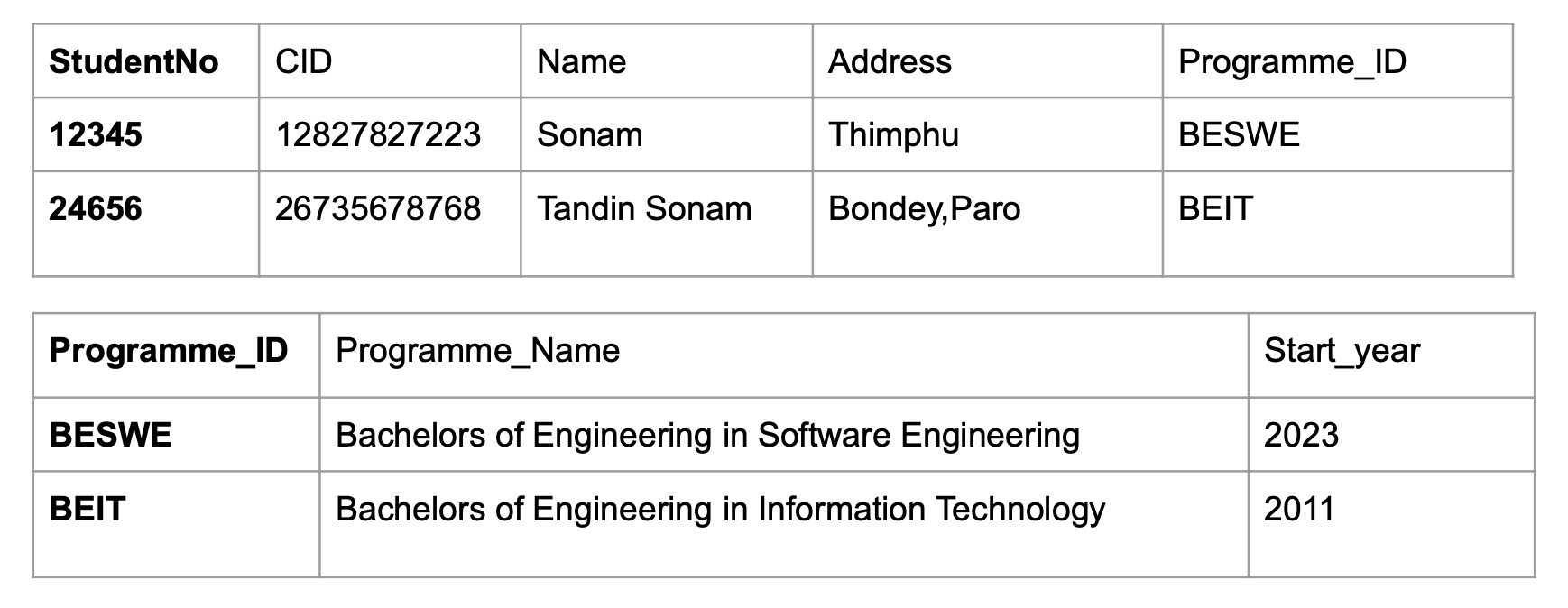
- Super Key: Any set of attributes that uniquely identifies a tuple.
- Candidate Key: A minimal super key (no extra attribute).
- Primary Key is selected from candidate keys.
Relational Model Constraints
Schema Design
Lesson_5
Topic:ERD to Relational Schema
Converting E-R Diagrams to Relational Schemas
- Entity Conversion:
- Create a table for each type of entity.
- Single-valued attributes → Columns.
- Primary key attributes → Primary key for the table.
- Multivalued attributes → Separate tables.
- Composite attributes → Only sub-attributes become columns.
- Derived attributes → Excluded from the schema.
- Relationship Conversion:
- Each relationship set → A relation (table).
- Attributes: Union of primary keys of participating entities.
- Include any descriptive attributes of the relationship.
- Cardinality Rules:
- 1:1 Relationship:
- If one side is partial, it takes the foreign key of the total side.
If both sides are equal, either side can take the foreign key.
- 1: N Relationship:
The “many” sides gets its primary key as a foreign key in the “one” side’s table.
- M: N Relationship:
A new relation/table is created with a composite primary key from the two entities.
- Unary Relationship (Self-Referencing):
- 1:1 - Can reference the same table using foreign keys in either direction or both.
- 1: N - Recursive foreign keys reference the same relation.
- M: N - A new table is created with composite keys referencing the entity.
- Ternary Relationships (3+ Entities):
- A new table is required.
- The primary keys of all participating entities form the composite primary key.
Specialization and Generalization
- Mapping Techniques:
- Method 1: Each entity in the hierarchy gets its own table.
- Method 2: Only subclasses have tables (with duplicated superclass attributes). Ideal for disjoint and complete inheritance.
- Method 3: Only the superclass gets a table. Subclass attributes are included but may lead to null values.
- Aggregations:
- No additional tables are needed for aggregation; attributes are merged into relevant relations.
Design Guidelines
- Entities vs. Attributes:
- Treat as an entity if additional information may need storage.
- Entities vs. Relationships:
- Use relationships for actions between entities.
- Simpler to represent complexity.use binary relationships, though n-ary relationships can sometimes better
Unified Modeling Language (UML)
- UML helps model software systems beyond data, including user interactions, functional modules, etc.
- Common UML diagrams:
- Class diagrams.
- Use case diagrams.
- Activity diagrams.
- Implementation diagrams.
Lesson_6
Relational Query Languages
- Are the languages used by users to request information from a database.
Types:
- Imperative: Specific step-by-step instructions are given.
- Functional: Queries are formed by evaluating functions that operate on the database.
- Declarative: Focus on describing the desired result rather than specifying steps.
Relational Algebra Basics
- A functional query language forming the theoretical basis for SQL and relational databases.
Types of Operations:
- Unary: Operate on a single relation.
- Select: Filters tuples based on conditions.
- Projection: Chooses specific attributes, rearranges or eliminates unnecessary attributes.
- Binary: Operate on two relations.
- Union: Combines tuples from both relations.
- Intersection: Finds common tuples in both relations.
- Difference: Finds tuples in the first relation that are not in the second.
- Cartesian Product: Generates all possible combinations of tuples.
- Join: Combines tuples based on a common attribute between two relations.
Key Relational Algebra Operators:
- Select (σ):
- Filters tuples meeting a condition (predicate).
- Syntax: σ_condition(Relation)
- Example: Retrieve students with ID 12345.
- Projection (π):
- Extracts specific attributes from a relation.
- Syntax: π_attributes(Relation)
- Example: Retrieve the names and IDs of students.
- Union (U):
- Combines tuples from two relations, removing duplicates.
- Example: Combine data from two student relations.
- Intersection (∩):
- Retrieves tuples common to both relations.
- Example: Find students appearing in both datasets.
- Difference (-):
- Retrieves tuples in the first relation but not in the second.
- Example: Find students in one relation but not in another.
- Cartesian Product (×):
- Combines tuples from two relations into all possible pairs.
- Example: Pair student data with department data.
- Join:
- Combines tuples from two relations with matching attribute values.
- Syntax: Relation1 ⋈_condition Relation2
Operands and Logical Operators:
- Logical operators used in conditions:
- ∧ (AND)
- ∨ (OR)
- ¬ (NOT)
- , <, = (comparisons)
Additional Relational Algebra Operators:
- Rename (ρ): Renames relations or attributes for clarity.
- Assignment (←): Assigns a relation to a variable.
- Duplicate Elimination: Ensures uniqueness of tuples.
- Aggregation (Σ): Performs calculations like sum, average, etc.
- Sorting (τ): Orders tuples based on specified attributes.
- Division: Matches tuples in one relation to tuples covering all combinations in another.
This post is licensed under CC BY 4.0 by the author.
